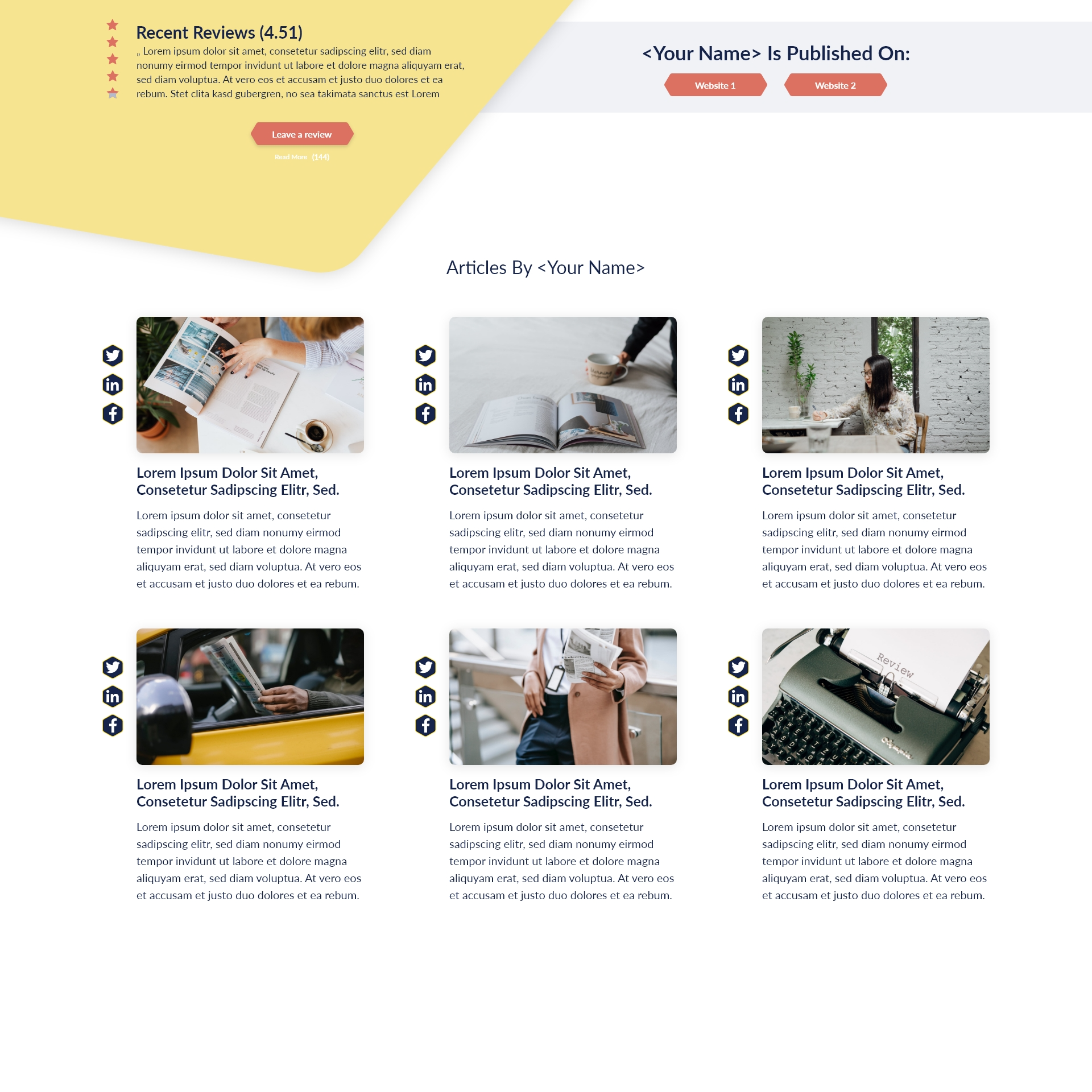Key Takeaways:
- Values guide leader decisions and shape organizational culture.
- Intrinsic and extrinsic motivations differ but both play essential roles in employee engagement.
- Psychological safety and autonomy foster genuine motivation and innovation.
- Transparent leadership communication and feedback build trust and drive performance.
- Effective employee recognition and value alignment improve morale and productivity.
- Leaders can address disengagement by creating supportive environments and taking proactive steps.
Discover What Truly Drives Employee Motivation and Unlock Workplace Potential
Leaders face a daunting task: inspiring their teams while guiding lasting organizational culture. At the heart of successful organizations are deeply held values that drive every decision, shape behaviors, and foster a sense of belonging. Understanding how these values interplay with motivation and leadership reveals the path to high-performing, engaged workplaces.
1. Understanding Employee Motivation: The Essentials
What Is Employee Motivation and Why Does It Matter in Today’s Workplace?
Employee motivation is the internal and external energy that propels individuals to take action, strive for goals, and contribute to organizational success. In today’s rapidly evolving work environment, employee motivation is vital for fostering innovation, maintaining productivity, and retaining top talent. When leadership focuses on values that reflect respect, integrity, and achievement, employees are more likely to invest not just their skills, but also their passion into their work.
Intrinsic Motivation vs. Extrinsic Motivation: Key Differences
Intrinsic motivation comes from within—a sense of fulfillment, purpose, or personal growth. Employees driven by intrinsic values pursue excellence because the task itself is rewarding. Extrinsic motivation, on the other hand, stems from outside factors: bonuses, promotions, public recognition. Balancing both types of motivation creates an environment where employees feel motivated to perform for the sake of both personal satisfaction and tangible rewards.
2. Intrinsic Motivation in the Workplace: Fostering Passion and Commitment
Building Autonomy and Employee Drive
Allowing employees autonomy empowers them to make decisions, fostering ownership and a deeper connection to their work. When values such as trust and empowerment are embedded in organizational culture, employees experience greater intrinsic motivation. They become more invested in outcomes, energized to innovate, and committed to collective goals.
Psychological Safety and Motivation: Creating a Safe Space for Growth
Cultivating psychological safety—a climate where employees feel comfortable expressing ideas and taking risks—is critical. Leaders who demonstrate value-driven behaviors, like empathy and active listening, help instill this safety. An environment supportive of creativity, learning, and open dialogue paves the way for authentic engagement and sustainable high performance.
3. Leadership Communication and Motivation: Effective Approaches
Motivational Leadership Styles: What Works Best?
Motivational leadership thrives on authenticity and transparency. Leaders who embrace transformational or servant leadership styles—prioritizing the growth and well-being of their team—see greater engagement and loyalty. These approaches work best when leaders model the organization’s values, demonstrating consistency between words and actions.
Ways Leaders Inspire Staff Through Communication
Clear, values-based communication is a powerful motivator. Regularly sharing the organization’s mission, giving context to decisions, and encouraging two-way feedback helps employees understand how their work aligns with a greater purpose. Leaders who communicate with intention and openness strengthen trust across teams.
Coaching for Peak Performance: Maximizing Individual Potential
Effective coaching aligns individual aspirations with organizational goals. By providing targeted feedback, setting actionable objectives, and reinforcing shared values, leaders encourage employees to unlock their unique strengths. This personalized approach honors each employee’s motivations and maximizes their contributions.
4. Employee Engagement Strategies that Deliver Results
Goal-Setting Techniques for Teams
Setting clear, attainable goals tied to organizational values channels employee efforts and fosters accountability. Collaborative goal-setting ensures that team members have a voice in shaping objectives, boosting morale and collective ownership. Utilizing techniques like SMART (Specific, Measurable, Achievable, Relevant, Time-bound) goals can provide direction and clarity.
Aligning Company Values with Staff Motivation
A workplace culture that visibly celebrates its values—such as innovation, respect, or service—builds a sense of pride and shared purpose. Leaders can align these values with motivational programs, recognizing behavior that exemplifies the organization’s principles. When employees see values in action, they’re more likely to internalize and champion them.
Workplace Culture and Employee Morale: Building a Supportive Environment
High morale flourishes in organizations where employees feel respected and included. Leaders who practice inclusivity and fairness help create a culture where all voices are valued, boosting overall engagement. Team-building activities and open forums reinforce this supportive culture.
Foster Values-Driven Motivation in Your Organization
Now is the ideal time to assess and clarify core values within your team or organization. Prioritize open communication, empower employees through autonomy, and create a culture of recognition. With values at the center of leadership, you pave the way for more motivated teams and a more resilient organization.
5. The Impact of Recognition on Performance and Incentive Programs
Feedback Methods for Motivation: Best Practices
Timely and specific feedback is essential for growth. Constructive feedback, delivered with respect and aligned with organizational values, helps employees learn from successes and setbacks. Two-way feedback mechanisms ensure constant improvement and deeper engagement.
Incentive Programs in Organizations: Do They Really Boost Motivation?
Incentive programs—ranging from financial bonuses to professional development opportunities—can boost extrinsic motivation when thoughtfully designed. The most effective programs are transparent, fair, and connected to clear performance criteria, reinforcing desired behaviors that reflect the organization’s values.
Recognition vs. Rewards: Understanding Their Influence on Employee Performance
While rewards provide tangible benefits, recognition—such as public acknowledgments or personalized notes—addresses intrinsic motivation by making employees feel valued. Combining both can magnify engagement, as individuals feel seen and appreciated for contributions that align with core values.
6. Managing Disengaged Employees: Turning Challenges into Opportunities
Why Employees Disengage and How to Re-Engage Them
Disengagement often stems from misalignment between personal and organizational values, lack of recognition, or insufficient growth opportunities. By understanding root causes—through surveys, check-ins, or open conversations—leaders can tailor strategies to re-engage team members and reconnect them to shared values.
Actionable Steps for Leaders: Addressing Disengagement
Leaders can:
- Provide opportunities for skill-building and advancement
- Foster open communication and address concerns promptly
- Recognize achievements big and small
- Realign tasks and projects with employee strengths and interests
Demonstrating care and commitment to employee well-being not only rekindles motivation but also signals a strong, value-driven leadership approach.








